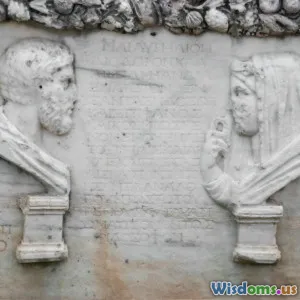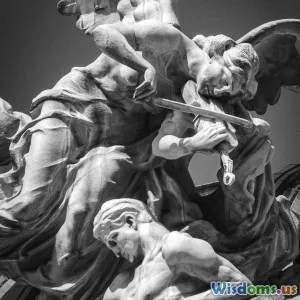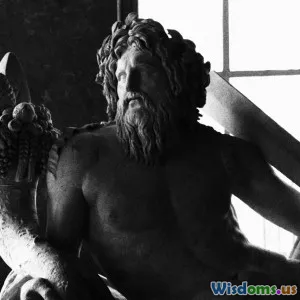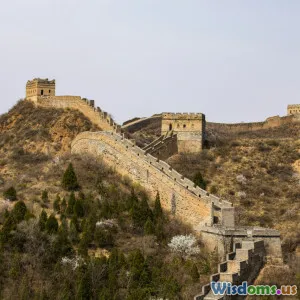
What Can the Layout of the Pyramids Teach Us About Ancient Astronomy
13 min read Discover how the pyramid layouts reveal the advanced astronomical knowledge of ancient Egypt. (0 Reviews)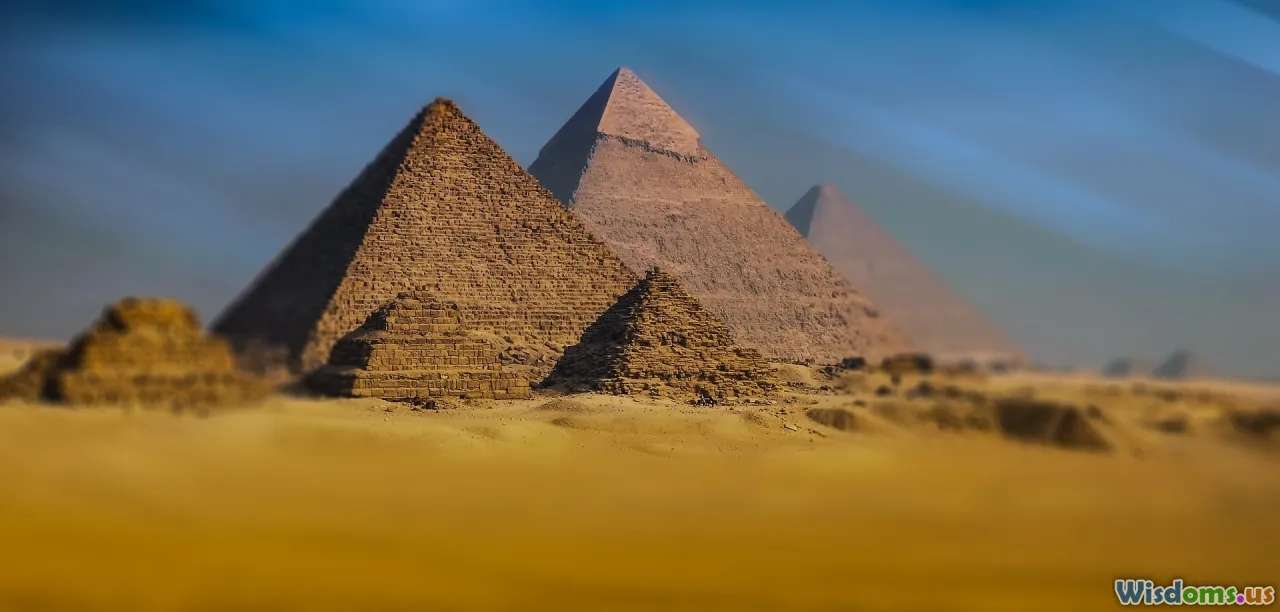
What Can the Layout of the Pyramids Teach Us About Ancient Astronomy
Few ancient structures have captivated the curiosity of scientists, historians, and casual observers alike as much as the monumental pyramids of Egypt. Their colossal geometry and enduring presence raise age-old questions: How were these marvels designed? What motivated their precise positioning in the arid Egyptian landscape? Intriguingly, growing evidence suggests that the layout of these awe-inspiring tombs offers a unique window into the astronomical sophistication of ancient civilizations. Let’s unravel the celestial lessons embedded in pyramid design and discover how these ancient builders crafted a grand dialogue with the cosmos.
The Cardinal Alignment: All Eyes on True North

One of the most arresting aspects of pyramid construction is the accuracy with which their sides are aligned to the cardinal points of north, south, east, and west. The Great Pyramid of Giza, for instance, demonstrates a margin of error so slight—just 3/60th of a degree off true North—that it baffles even modern engineers armed with advanced surveying equipment.
But how did the Egyptians achieve such precision without compasses? Research points to a remarkable reliance on astronomical observation. Experts speculate that pyramid architects used the simultaneous transit technique, watching two circumpolar stars as they crossed a meridian at the same altitude, then plotting a straight line for true north. For ancient Egyptians, this was a cosmic connection: aligning royal tombs with the heavens ensured that pharaohs would ascend to join the gods—particularly Orion, associated with Osiris, ruler of the afterlife.
Evidence in Stone
- The orientation of Giza’s pyramid complex consistently mirrors cardinal directions, much more tightly than neighboring structures from the same era.
- Archaeologist Kate Spence’s groundbreaking 2000 study proposes that the ancient builders used Kochab and Mizar—bright northern stars at the time—to set their lines, an ingenious solution several centuries before the North Star (Polaris) became the celestial marker it is today.
Cardinal alignment wasn’t just a flourish; it was foundational to the Egyptians’ worldview, entwining politics, religion, and science into every stone they stacked.
The Orion Correlation Theory: Cosmic Blueprint or Coincidence?

Another lingering riddle is the relationship between the pyramids’ arrangement and the constellation Orion. The Orion Correlation Theory, proposed in the 1990s by Robert Bauval, posits that the layout of the three Giza pyramids was intentionally designed to reflect the three stars of Orion’s Belt—Alnitak, Alnilam, and Mintaka. These stars had profound significance in Egyptian cosmology, with Orion being closely tied to Osiris, god of rebirth and the afterlife.
Decoding the Correlation
- The Pyramid of Khufu (Great Pyramid), Khafre, and Menkaure correspond in position and apparent size to Orion's Belt, at least from an aerial perspective.
- The offset design of Menkaure's pyramid mirrors the uneven alignment of Mintaka relative to Alnitak and Alnilam.
- Ancient texts, including the Pyramid Texts, reference the pharaoh’s soul ascending via the “doorway of the sky” marked by Orion.
Skeptics argue that geographic constraints and practical considerations shaped the layout more than star charts, but the theory has triggered countless analyses and debates—so much so that it redefined public perception of pyramid purpose.
Astronomical Purpose or Symbolic Storytelling?
While absolute intentionality remains debated, the mere possibility demonstrates how much sky lore was woven into monumental construction. This approach—using monumental architecture to mirror patterns in the stars—foreshadows later developments in other ancient cultures, from Stonehenge to the Mayan temples.
Solstice and Equinox Markers: Shadow Clocks in Stone

Aside from their stellar alignments, the pyramids—and related nearby temples—suggest architectural awareness of solar cycles. Specifically, the minimal deviation in orientation means that the edges of each base could serve as precise guides for sunrise and sunset during solstices and equinoxes.
Shapes that Tell Time
- Researchers have identified visible light and shadow displays at certain times of the year. For example, the Winter Solstice sunset aligns along the pyramids’ western faces, creating effects that ancient viewers may have interpreted as cosmological symbolism.
- Ancient Egyptians tracked time using “merkhets”—similar to simple sundials that depended on casting shadows along straight lines, a method that a pyramid base, set true east-west, could naturally facilitate.
It’s plausible that pyramid design doubled as a giant timepiece, visually encoding seasonal shifts and agricultural cues upon which Egyptian society relied. For a civilization tied so closely to the flooding and ebbing of the Nile, aligning stone and sun may have been both a sacred act and a survival tactic.
Transportation of Cosmic Knowledge: From Pyramid Builders to Astronomers
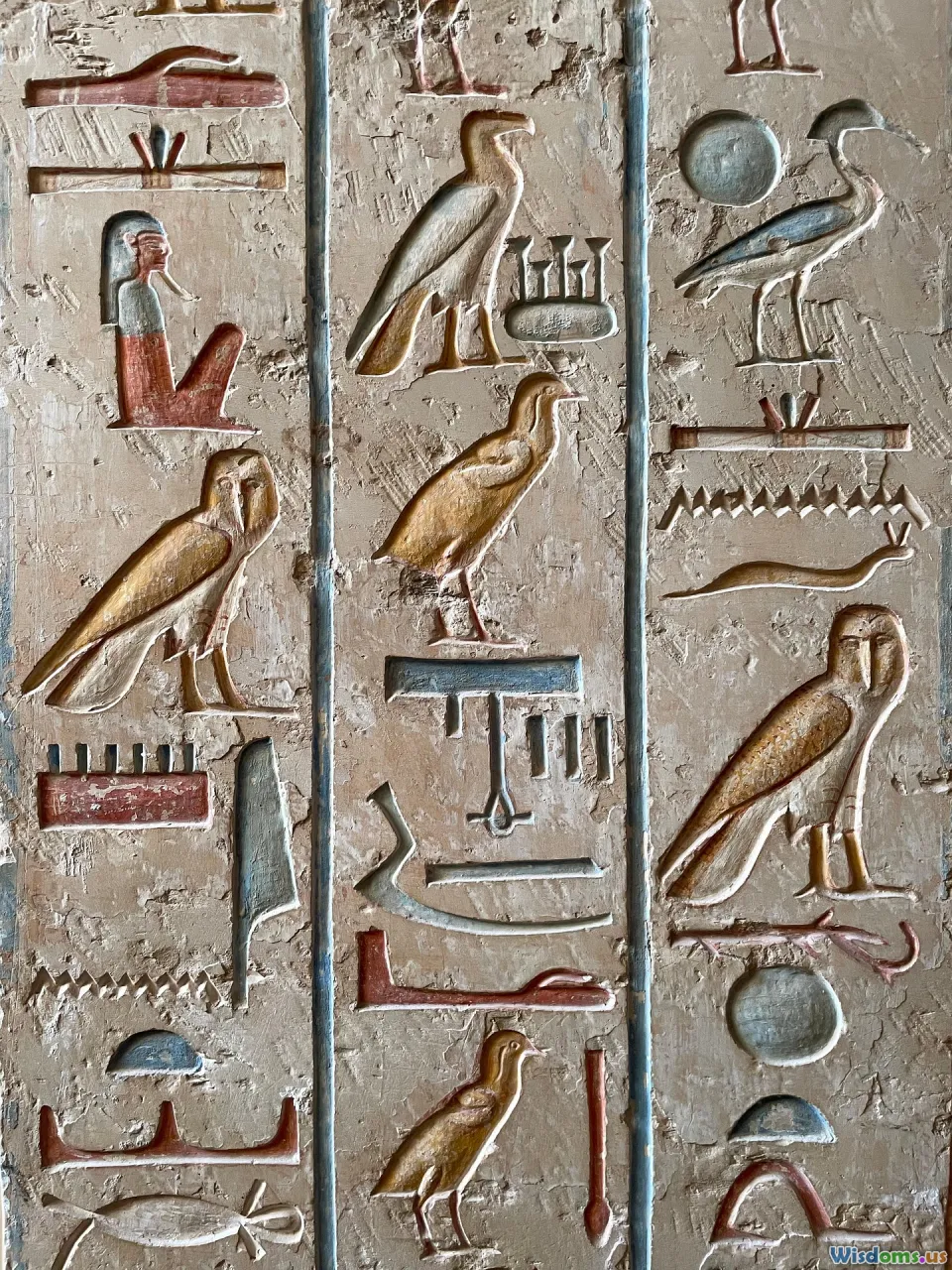
The pyramids were more than tombs; they were knowledge repositories. Inscriptions on walls and documents like the Rhind Mathematical Papyrus, found nearby, reveal devotion not just to the afterlife but to the systematic study and transmission of astronomy.
Star Ceilings and Celestial Maps
- Several tombs and sacred chambers feature ceilings painted with star charts—the earliest known star map dates from Senenmut's tomb (circa 1460 BCE), just after the construction of the main pyramids but building directly on their celestial legacy.
- Hieroglyphic records reference star clocks and decanal star lists, systems that divided night into segments by observing the rising of specific stars.
Such traces indicate a culture where tracking celestial events was an essential expertise among priests and elite craftsmen. Architecture gave form to astronomical practice, ensuring accurate record-keeping of time, religion, and state activities.
Comparative Analysis: Pyramids and Astronomy Across Civilizations

Egypt’s pyramids weren’t alone in their celestial ambition. Across ancient Mesoamerica, Asia, and Europe, stone structures echo similar themes, blending ritual, memory, and astronomy.
Echoes from Distant Lands
- Mesoamerica: The Maya pyramid at Chichen Itza is famed for its equinoctial "Serpent Shadow," a phenomenon where sunlight animates a stone serpent along its stairs, a cosmic drama synchronizing architecture with the movement of the sun.
- China: The tombs of Xi’an (the famous “pyramid mounds”) closely align with the cardinal directions, mirroring the paradigm seen in Egypt.
- Britain: Stonehenge, with its solstitial stones, implements stone-based tracking of the summer and winter extremes, just as Egypt’s priests may have used the pyramids’ lines and shadows.
Such resemblances hint at shared human preoccupations regardless of geography: the necessity of tracking seasons, and the allure of encoding mythology in enduring stoneworks.
How to Decode the Heavens: Lessons from the Ancient Egyptians

Today, with only simple tools and clear skies, you can channel ancient techniques to understand cardinal direction and the movement of constellations—much like Egypt’s pyramid builders once did.
A Simple Exercise
- Find North Using Stars: On a clear night, face north and identify a pair of circumpolar stars (in the northern hemisphere today, you’d use Polaris, the North Star). Stretch a string or staff between two points as the stars cross your local meridian; this line gives you a reference to north-south alignment.
- Mark Sunrise and Sunset: On the equinox, track where the sun rises and sets in line with your landscape features—those directions give you accurate east and west bearings.
- Observe Shadows: Set a stick upright and record the shortest shadow at noon. That line points true north in most locations, an all-day echo of the pyramids’ ancient merkhet method.
Basic as it sounds, these steps encapsulate a process perfected by ancient hands—a fusion of observation, patience, and reverence for the skies.
Harmonizing Science and Spirituality: The Legacy of Pyramid Astronomy
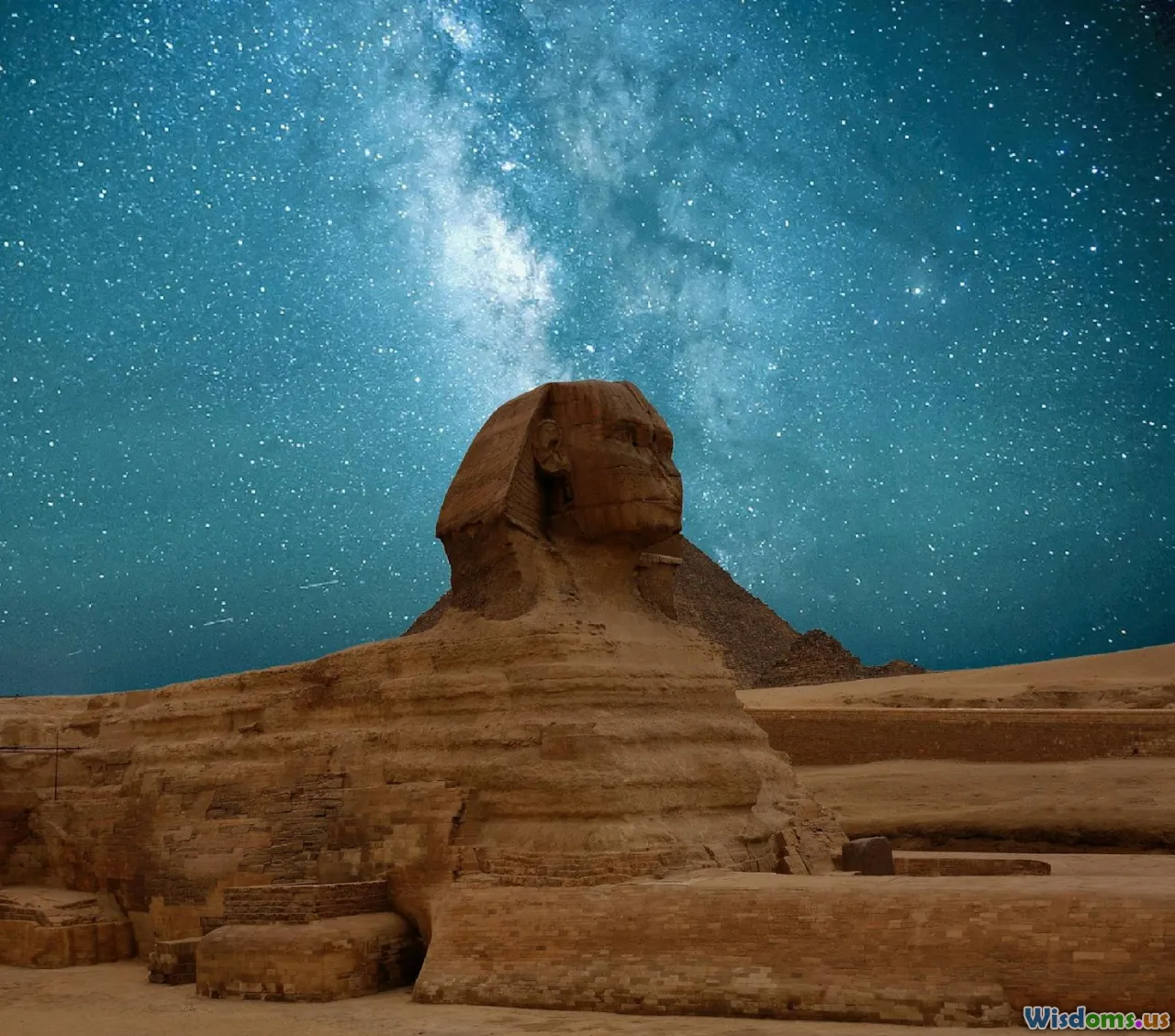
Every detail of the great pyramids—every angle, line, and node—demonstrates how the quest to understand the universe shaped ancient culture, technology, and belief. Their layout reminds us that for the Egyptians, science and spirituality were never in conflict; rather, they coalesced in stone, joining the terrestrial and celestial realms with artful precision.
From their cardinally aligned walls to their cosmic echoes of Orion’s Belt, Egypt’s pyramids endure as monuments to a civilization that mastered both earth and sky. They invite today’s observers to revel in wonder and encourage us to read human achievement not just as technological triumph, but as a persistent longing to reach for the stars and leave a lasting mark aligned with the rhythms of the cosmos.
Rate the Post
User Reviews
Popular Posts











